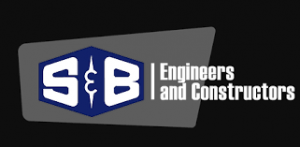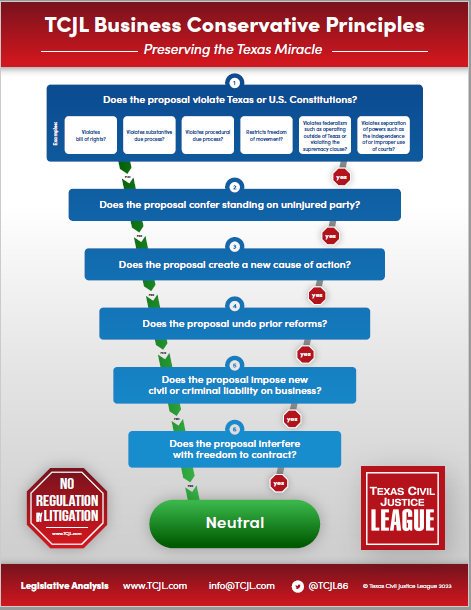 In a case in which TCJL is likely to submit some of amicus commentary, the Texas Supreme Court has granted a contractor’s petition for review arguing that the Beaumont Court of Appeals erroneously applied the express negligence rule to a narrow-form indemnity agreement.
In a case in which TCJL is likely to submit some of amicus commentary, the Texas Supreme Court has granted a contractor’s petition for review arguing that the Beaumont Court of Appeals erroneously applied the express negligence rule to a narrow-form indemnity agreement.
S&B Engineers & Constructors, Ltd. and Zurich American Insurance Company v. Scallon Controls, Inc. (No. 24-0525; granted June 13, 2025) arose from a personal injury lawsuit filed by employees of an insulation contractor hired to work at a Sunoco Logistics Terminal. While working at the site, the employees heard an explosion and saw a “chemical cloud” moving in their direction. As they fled the area, several fell and sustained injuries. The cloud was later determined to be a fire suppressant chemical rleased by the Fire Suppression System, which was activated while S&B technicians were working in the area. Allegedly, the loud noise and release occurred when they tried to “put the system in alarm fail.” Plaintiffs sued S&B and Sunoco, alleging various negligence theories. S&B filed a general denial and a third-party petition against Scallon, alleging that Scallon’s negligence proximately caused the chemical release and Plaintiffs’ injuries (Plaintiffs did not sue Scallon). Scallon had been hired to perform technical services on the fire suppressant system. S&B asserted that if found liable for Plaintiffs’ damages, it would be entitled to contribution from Scallon. S&B further asserted that its subcontract with Scallon required Scallon to “defend, indemnify, and hold S&B harmless against any and all losses.” Finally, S&B asserted a claim for contribution and indemnity under the subcontract and purchase order. Sunoco likewise filed a third-party petition against Scallon, alleging that Scallon’s negligence caused software and hardware errors that caused the accident and seeking contribution and indemnity.
In the course of the lawsuit, S&B added claims for breach of contract, breach of express warranty, and breaching the implied warranty of fitness for a particular purpose and warrant of merchantability under the UCC. S&B sought damages of $2,350,000 that it paid in settling with the injured insulators plus $2 million paid by its insurers, Zurich and American Guarantee and Liability Insurance Company. Scallon counterclaimed, seeking recovery of its attorney’s fees and expenses. It further demanded that S&B defend and indemnify it pursuant to the parties’ subcontract, pleading actual and consequential damages, attorney’s fees, and interest. S&B and Sunoco ended up settling with the injured insulators, who agreed that to release and discharge their claims. Sunoco nonsuited its claims against Scallon, but Zurich filed a petition in intervention seeking to recover amounts paid on Sunoco’s behalf to settle with the insulators. Eventually, the trial court granted Scallon’s motion for summary judgment and denied S&B’s motion for partial summary judgment. Later the court likewise granted Scallon’s motion for summary judgment against Zurich. S&B and Zurich appealed.
In an opinion by Justice Johnson, the court of appeals affirmed. First, the court ruled that since Zurich filed its petition in intervention outside the four year statute of limitations on the underlying contract action (Zurich filed as a subrogee), its claim was barred. Moving to S&B’s indemnification claim, the court determined that the indemnity provisions in the subcontract and purchase order with Scallon violated the express negligence rule. That rule provides that “parties seeking to indemnify the indemnitee from the consequences of its own negligence must express that intent in specific terms [] within the four corners of the contract” (citing Ethyl Corp., 725 S.W.2d at 708). Reviewing the indemnity provisions, the court concluded that “the indemnity language fails to specify that Scallon will indemnify S&B for S&B’s own negligence.” Observing that the personal injury plaintiffs did not sue Scallon, and that S&B and Sunoco settled with them, the court read the “indemnification provisions of both the Subcontract and the Purchase order [to] only require Scallon to indemnify S&B (and its clients) for Scallon’s negligence and not for S&B’s own negligence.” Consequently, the court ruled that since “Scallon was not sued by the Individual Plaintiffs, S&B may not seek indemnification from Scallon where S&B settled the Individual Plaintiffs’ claims against S&B for negligence ….” Finally, since Scallon was not a joint tortfeasor with S&B, S&B had no claim for contribution. The court thus affirmed the trial court’s take-nothing judgment in favor of Scallon.
S&B has filed a petition for review with SCOTX and has very good reason for doing so. In our view, the court of appeals’ rationale for applying the express negligence rule is simply wrong. At no time was S&B attempting to enforce a broad-form indemnity provision to be reimbursed for S&B’s negligence. Conversely, the subcontract and purchase order at issue contained only a narrow-form indemnity provision covering Scallon’s negligence. In short, the court of appeals erred by applying the express negligence rule in the first place. And by doing so, the court of appeals may inadvertently have created a very significant loophole by which a subcontractor can avoid a narrow-form indemnity provision by colluding with the plaintiffs. In other words, if the subcontractor can get the plaintiffs to agree to sue only the owner and other contractors (as plaintiffs did here), the court of appeals’ opinion lets the subcontractor completely off the hook for its own negligence. Perhaps the court of appeals got hung up in the way S&B pleaded its third-party petition, but there can be no question that S&B had a viable negligence claim against Scallon to which the indemnity provision should have applied.
TCJL plans to file an amicus brief in this case, if for no other reason than to clear up the court of appeals’ (mis)application of the express negligence rule.












